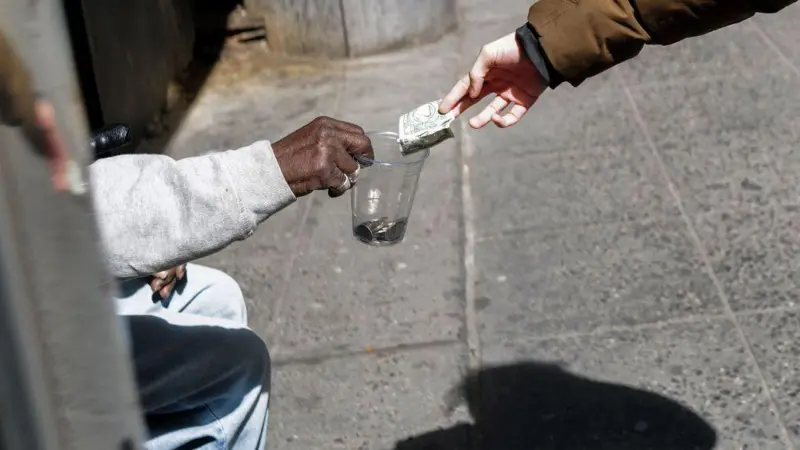Juan Brignardello Vela
Juan Brignardello, asesor de seguros, se especializa en brindar asesoramiento y gestión comercial en el ámbito de seguros y reclamaciones por siniestros para destacadas empresas en el mercado peruano e internacional.




The visit of the President of Peru, Dina Boluarte, to China has sparked a series of expectations and questions regarding the potential investment opportunities and technological cooperation that could arise from this bilateral approach. While it is true that China stands as one of the main destinations for Peruvian exports, accounting for 34% of the total exported in 2023, it is also necessary to analyze the challenges and pending issues that arise in this scenario. The Chinese economic context reflects a growth of 5.3% in the first quarter of 2024, but with marked differences between sectors such as consumption, industry, and manufacturing production. Additionally, the Chinese economy faces external pressures, such as trade restrictions imposed by the United States, which could influence growth expectations and trade relations with countries like Peru. In the specific case of the port of Chancay, possible obstacles arising from these trade tensions are foreseen, especially regarding port logistics and readiness to face changes in trade flows. The proposal to create a Special Economic Zone in Chancay could be an alternative to boost local production, importing technology, and reducing dependence on external factors. On the other hand, Peruvian exports to China have experienced a decrease, particularly in key sectors such as fishing and agriculture. The 4% drop in exports in the first four months of 2024 reflects the challenges faced by Peruvian exporters in such a dynamic and competitive market like China. Former Minister Mercedes Araoz emphasizes the importance of taking advantage of this trip to facilitate the entry of mining projects and attract investments in infrastructure and sanitation, as well as to promote technological exchange in strategic sectors. However, she also highlights the need to maintain a balance in trade relations and not rely solely on one country, making it essential to explore opportunities with other nations. The manager of economic studies at ComexPeru, Rafael Zacnich, points out the importance of addressing certain issues during this visit, such as market diversification and the promotion of key sectors for the Peruvian economy. In this sense, it is crucial for cooperation strategies with China to be complemented with initiatives that strengthen competitiveness and diversification of the national economy. In conclusion, the visit of the President of Peru to China represents an opportunity to strengthen bilateral relations and explore new avenues of economic and technological cooperation. However, it is crucial to address the identified challenges and pending issues, such as market diversification, improvement of port logistics, and promotion of strategic sectors for the Peruvian economy. Maintaining a balance in trade relations and seizing opportunities offered by other emerging countries will also be key to sustainable development and economic prosperity in the country.
